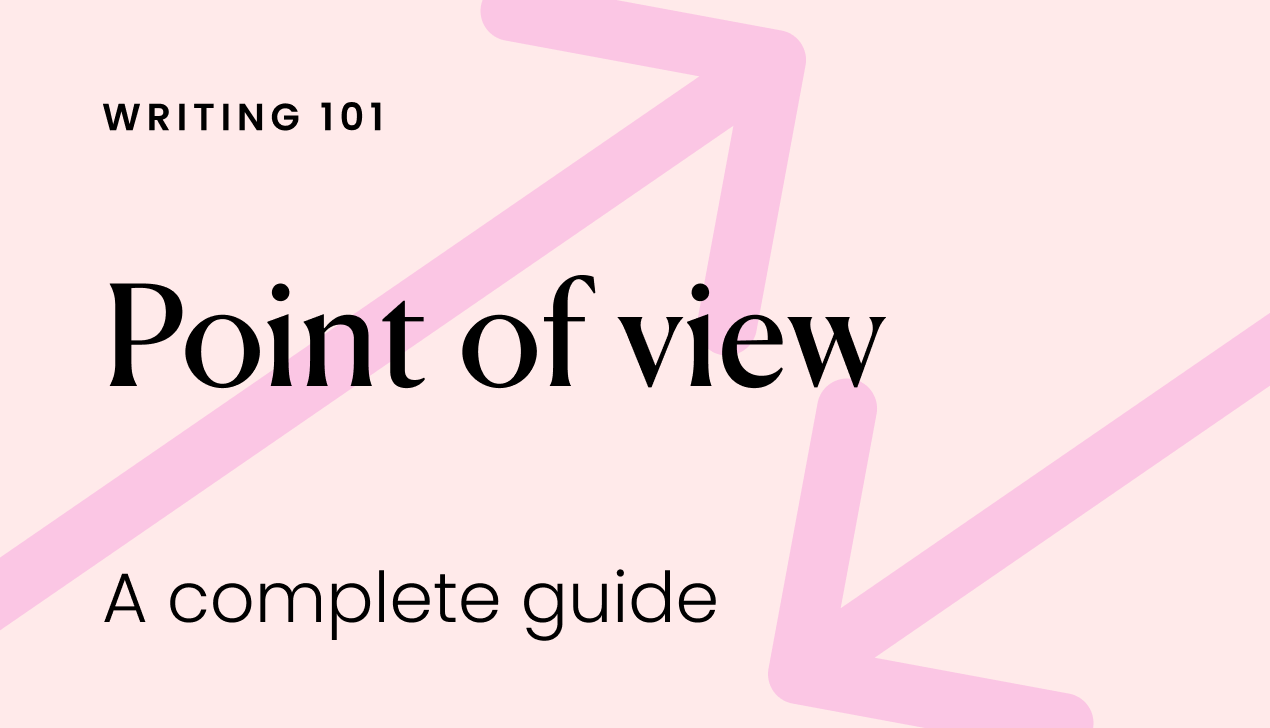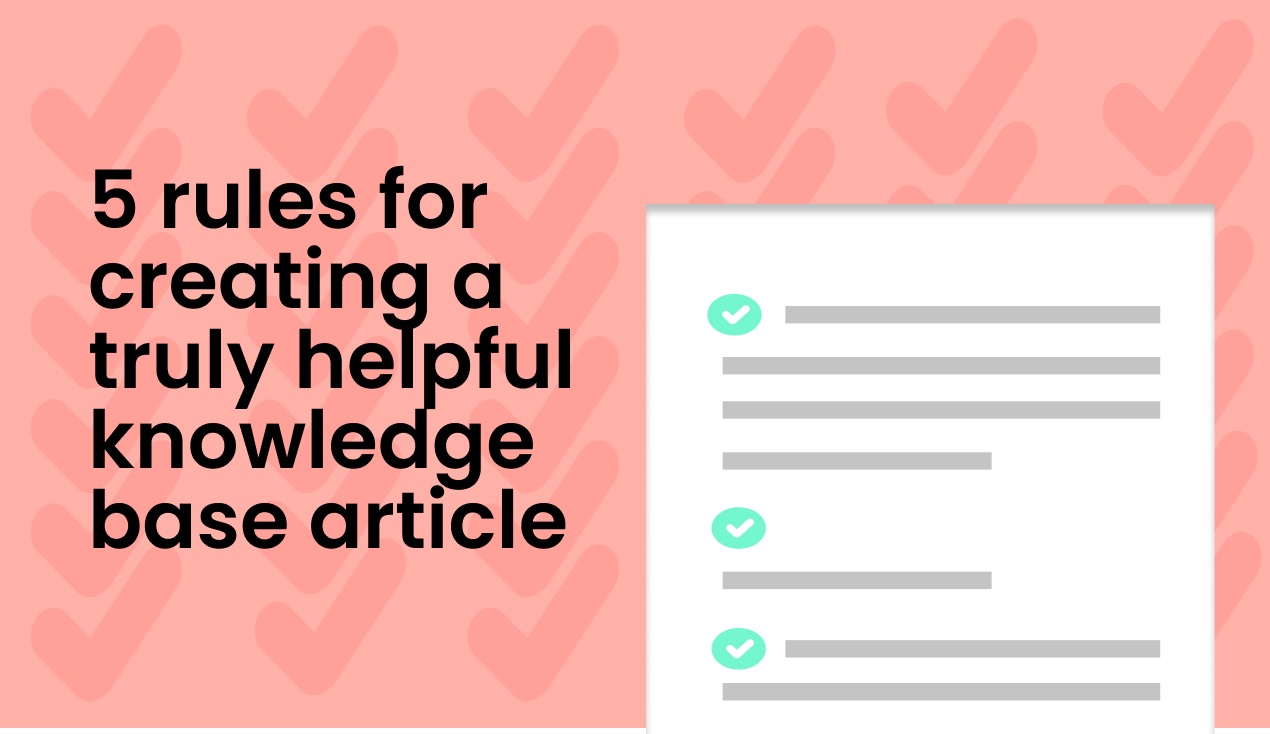Words at work
– 6 min read
5 decisions to make before you create a style guide

Beth Chargin, content design strategist at Intuit, recently joined us for a webinar about creating and maintaining great style guides. She shared how style guides made her a better writer, plus tips on how to create one that works for your organization. Here’s some of her great advice on what to think about before you work on your style guide.
1. Your style guide type
There are several types of style guides, from a simple checklist to a fully baked design system (which includes content, of course). The one you create should depend on what your writers and editors need right now — and what you have the time for. Small teams often start with a simple style sheet that contains basic writing style preferences. Once you have more time or people, it’s time to start upgrading. Here’s how Beth breaks down your options:
Style sheet
- One or two page checklist
- Good for small companies, projects, and teams
- Quick reference on very specific items such as preferred words, spellings, and frequently used info like phone numbers or service hours
Style guide
- Broad set of content standards
- Keeps content consistent between writers and editors
- Includes everything on the style sheet
- Can also give guidelines about grammar, usage, formatting, and structure
Design system
- Stretches beyond the guidance of a writing style guide
- Contains reusable, repeatable, scalable components
- Built on a structure of principles or standards
Bonus tip: Don’t be tempted to teach the art of writing itself in the guide. There are plenty of books and courses for that. Convey style decisions with as much guidance as needed so that they’re perfectly understandable, but not much more.
2. How much time you can devote to it
In Beth’s words, “It’ll take longer than you think. Sorry.” Defining your brand guidelines often requires a lot of research into why you should make certain decisions, followed by back-and-forth between team members. Her advice:
- Research all your entries. Think about plain language, readability, accessibility, inclusivity. The time you spend on research now will help you support your choices later.
- Schedule blocks of work time on it. You need the dedicated head space.
- Set a completion date. This should be ever-evolving, so you don’t need to get everything done now. Give your writers the basics as quickly as possible, then keep iterating as needed.
3. Your audience
As in all content, know your audience so that you know their needs. It will help you narrow down which type of content to include in your style guide. You may be tempted to sort of write a style guide for the entire company, but you’re going to find that it mushrooms out of control because it’s going to be one size fits all — and, just like tshirts, one size fits all doesn’t look good.
If only writers are using it, you don’t need to include design elements. If writers from different teams are using it, take into consideration the different goals for what they’re writing. Seasoned writers may just check in for very specific decisions, while new writers will reference it frequently.
“Put on your customer empathy hat,” says Beth. “Make sure everyone in your audience can navigate your style guide and get what they need. If you don’t, no one will use it.” When trying to figure out your audience, here are some questions to ask yourself:
- Are you the only writer or editor to use the guide?
- Are there other writers/editors like you?
- Are there other types of writers/editors with a different function in the org?
- Are others besides writers and editors using the guide?
[click_to_tweet tweet=”Advice from Beth Chargin: ‘Put on your customer empathy hat. Make sure your teammates can navigate your style guide and get what they need. If you don’t, no one will use it.’ #contentstyleguide” quote=”Put on your customer empathy hat. Make sure your audience can navigate your style guide and get what they need. If you don’t, no one will use it.”]
4. Stakeholders and decision makers
As you get ready to create your style guide, you need to find your group of people who need or want a say in the decisions. For a large organization, this can include an executive, content strategists, and writers who are passionate about writing guidelines and your voice. But try to keep the group small; the smaller the team, the quicker the guide will be done.
Once you have your stakeholder group, you’re going to find your team disagrees on some options because everyone has their own personal writing preferences. You need a process for making final decisions. Make sure everyone brings their research to working sessions. People should provide rationale, not just personal preference, for their points of view. And only debate the tricky stuff — don’t spend unnecessary time on no-sweat entries.
People questions:
- Who decides and how?
- Is there a final decider or a group? (Tip: Odd numbers on the team ensure majority rules.)
Content questions:
- What goes in the guide? What doesn’t?
- How much info will you provide for each entry?
- What are your go-to resources? (Chicago Manual of Style, Merriam-Webster, AP Stylebook, previous precedent, industry trend, etc.)
5. Publishing and maintenance
Spoiler alert: a style guide is never done. It’s always evolving. As such, it needs a minder — someone dedicated to making sure it stays updated and relevant for everyone using it. This is often your “final decider” or a content strategist.
You don’t need to choose your minder right away, but deciding early allows that person to prepare. It also makes sure they know they need to be in the room for style guide discussions. So think about these questions within the first few meetings.
- Who is your minder?
- Where will your style guide live? Google doc? Wiki? DropBox Paper? WordPress site? A tool like Writer?
- Will you add to it and assess it constantly, or do annual housekeeping?
Create and share your style guide
Hopefully these style guide and content tips help you as you prepare to create or update your processes. Here are a few next steps:
- Read our blog post on what to include in your style guide.
- If you’re interested in getting started with an easy style guide template, take a look at Writer.
Resource library
Helping you manage, measure, and improve your content.






